Table of Contents Show
Since the sinking of the RMS Titanic from the night of April 14th through the early hours of April 15th in 1912, there have been over fifteen films created to tell the story of the ship and its passengers. However, none are quite as recognizable as James Cameron’s 1997 Best Picture winner, Titanic. For thirteen years, Titanic was the highest-grossing film of all time, until 2010, when it was surpassed by Cameron’s film Avatar. There’s a reason why the film is so successful and why fans remain so enthralled by it even after all these years. From all the hard work the film crew put in to beautifully capturing the tragedy to the untouchable Romeo and Juliet love story portrayed so flawlessly by a young Leonardo Dicaprio and Kate Winslet, it’s no surprise Titanic was the first film to reach the billion-dollar mark at the box office. Fans can’t get enough of it.
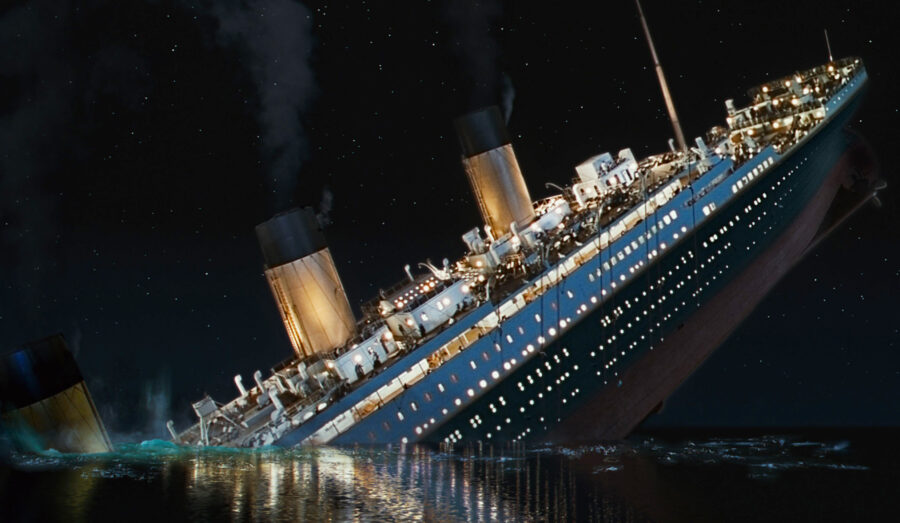
As of April 14th, 2021, it has been 109 years since the ship struck an iceberg in the Northern Atlantic, destroying its reputation as the “unsinkable” ship. Though Cameron did a beautiful job portraying the ships’ sinking and showing the trauma faced by its 2,200 passengers, there are a few historical inaccuracies and crucial parts that were left out of the movie. For example, Cameron excluded the involvement of the SS Californian from the film. Still, Titanic remains one of the most popular films of all time, even having a successful re-release in 2012 for the 100th anniversary of the ship’s sinking.
Historical Characters
One thing Cameron did get right was his inclusion of actual passengers on the ship. 1997’s Titanic includes characters based on Margaret “Molly” Brown, Thomas Andrews, J. Bruce Ismay, Captain Edward John Smith, John Jacob Astor IV, William McMaster Murdoch, Benjamin Guggenheim, Lady Duff Gordon, and even a reference to Ida and Isador Strauss. Though not all of these passengers were main characters, they were all aboard the 1997’s portrayal of Titanic. However, though Molly Brown’s portrayal was mostly positive and accurate, Cameron didn’t do all of the characters justice.
The Unsinkable Molly Brown
Margaret Brown, typically referred to as Molly, was such a notorious passenger that she adopted the ship’s initial nickname of “unsinkable” after Titanic proved itself incapable of handling such a title. The Oscar winner Kathy Bates portrayed Molly. As mentioned in the film, Molly was considered “new money” and was desperate to fit in with the other first-class passengers. Molly was initially poor before her husband struck gold out west, earning them a large fortune.
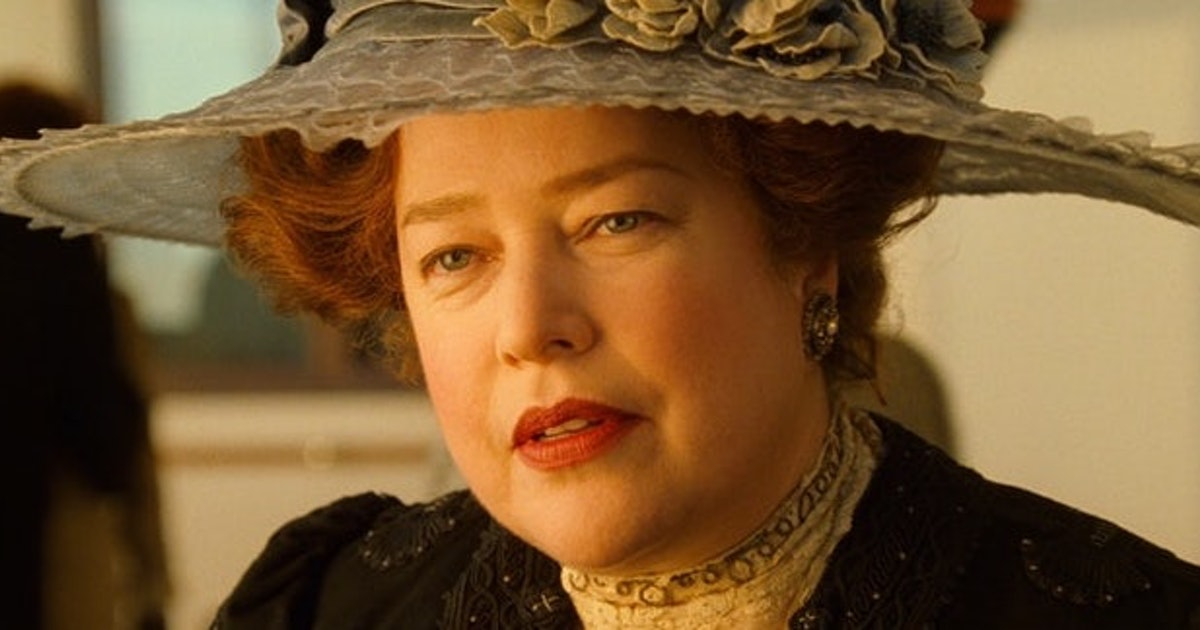
When Titanic sank, Molly helped other passengers board the lifeboats before agreeing to get onto lifeboat six. Molly was on the lifeboat with helmsman Robert Hichens, who was at the ship’s helm when it struck the iceberg. She encouraged the crew members to go back to rescue the other passengers, but Hichens threatened to throw Molly off if she didn’t keep quiet. Later in the night, Molly threatened to throw Hichens off when he tried to stop her from motivating the other passengers to pick up ores and row so they could keep warm. According to Molly’s great-granddaughter, Muffet Laurie Brown, Hichens said, “Mrs. Brown could have gotten into any boat that night, why did she have to step in mine.” Reports say that only lifeboats 4 and 14 ended up going back to pick up survivors, but Molly’s efforts did not go unrecognized.
“What’s the matter with you? It’s your men out there. There’s plenty of room for more.”
-Molly Brown, Titanic
Though Molly’s kindness and big personality were shown throughout the film, her true legacy began after the Titanic catastrophe. What we didn’t see in the 1997 film was that Molly became a philanthropist and activist for the rights of workers and women. She set up a survivor’s committee with other first-class survivors to secure basic necessities for second and third-class Titanic survivors. She even helped to provide informal counseling. During World War I, Molly worked in France to rebuild areas behind the frontline and helped wounded French and American soldiers. In 1985, Molly Brown was inducted into the Colorado Women’s Hall of Fame.
J. Bruce Ismay
Aside from the fictional Cal Hockley, J. Bruce Ismay, known best as Bruce Ismay, maybe the most unlikable character in the film. Ismay was the real-life chairman and managing director of the White Star Line, the company behind Titanic and its sister ships Olympic and Britannic. As shown in the film, Ismay was more concerned with making headlines and breaking records than with the safety of the passengers on board. He was incredibly proud that Titanic, at the time, was the largest ship ever built. Sadly its size could not compete with the damage done by the collision with an iceberg.
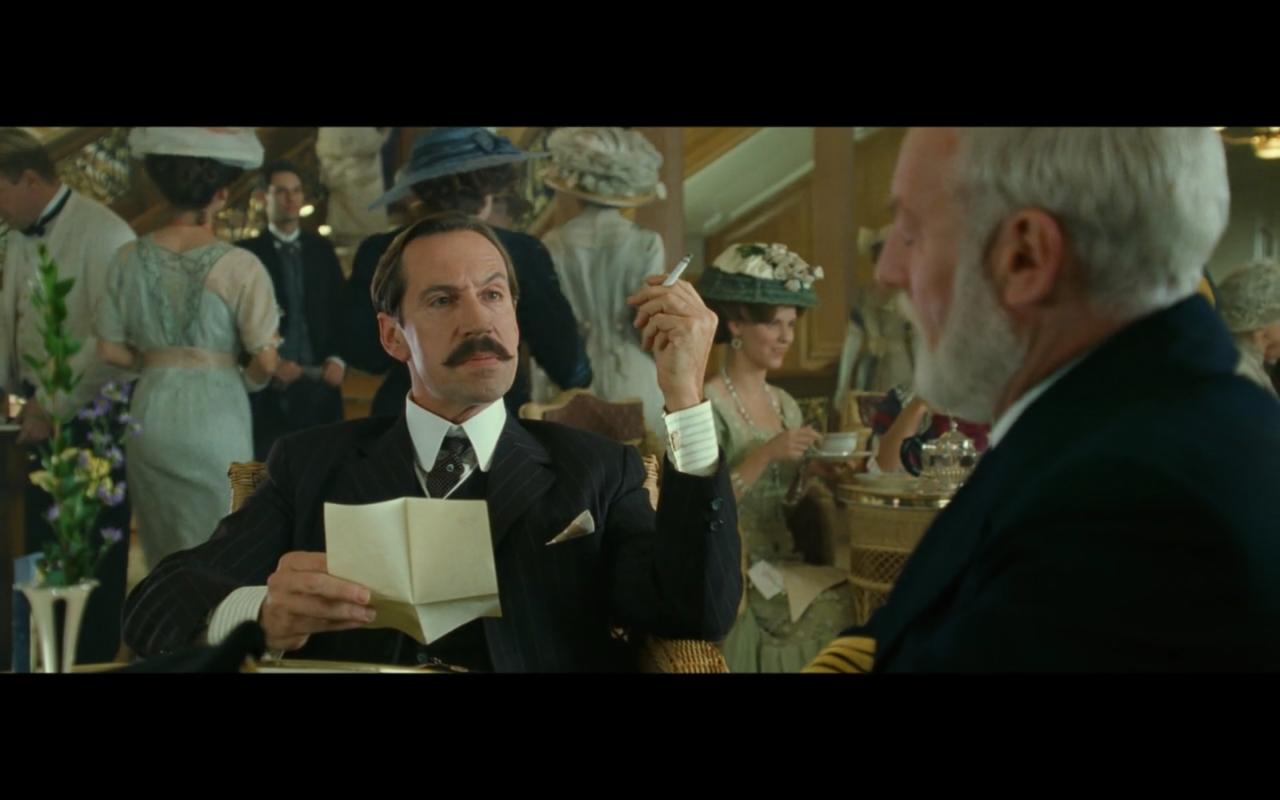
It was Ismay who vetoed the idea of having 48 lifeboats on board. Legally, the ship only needed 16 lifeboats but carried 20. Ismay was only concerned with meeting the legal limit as he believed more lifeboats would make the deck look crowded. Since he was so assured Titanic was unsinkable, he didn’t believe any more lifeboats were necessary.
“The press knows the size of Titanic. Now I want them to marvel at her speed. We must give them something new to print! This maiden voyage of Titanic must make headlines!”
-J. Bruce Ismay, Titanic
In Titanic‘s reception room, passenger Elizabeth Lines overheard a conversation between Bruce Ismay and the ship’s captain, Captain Smith. According to Lines, Ismay was demanding that Smith have Titanic arrive in New York a day early. This scene is portrayed in the 1997 film. Ismay tells Smith that he’s noticed Smith hasn’t yet lit the last 4 boilers. Smith tells Ismay he wants to be safe and not push the engines until they’ve been properly run in. Ismay is unconcerned with safety and wants the ship to arrive in New York a night early to surprise everyone and make the morning paper.
As Titanic was sinking, Ismay was helping passengers board the lifeboats before jumping on board one of them himself. He left the ship with 1,500 passengers still on board. Though many say Ismay was unfairly villainized in the film, Ismay’s reputation in real life never recovered. After Titanic‘s sinking, he fell into a deep depression and never came out of it.
Isidor And Ida Straus
One of the most famous stories from Titanic is the one of Isidor and Ida Straus. Though the love story between Jack and Rose may have been fictional, perhaps Cameron took inspiration from this real-life couple. Isidor Straus was the co-owner of the department store, Macy’s, and he and his wife, Ida, were first-class passengers on Titanic. Ida was boarding a lifeboat during the sinking, and Isidor was offered a seat next to her. However, Isidor refused to get onto a lifeboat until all the women and children were on board.
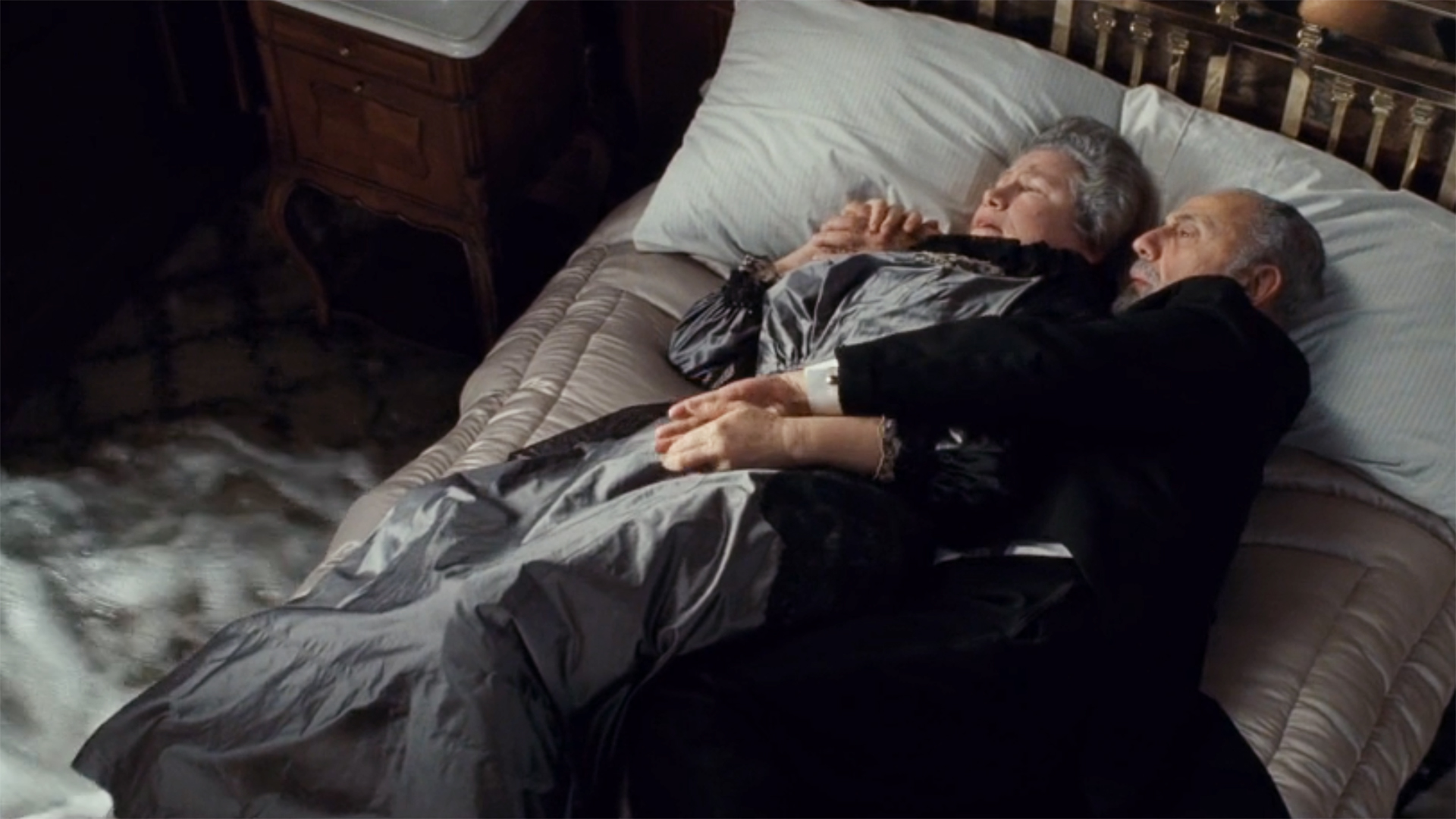
“We have lived together for many years. Where you go, I go.”
-Ida Straus, Titanic
Isidor and Ida Straus had been married for 40 years, and Ida refused to get onto the lifeboat without her husband. Instead, she stayed with him, and the couple went down with the ship together. In a deleted scene from the film, Isidor tries to persuade Ida to get onto the boat; however, she refuses and says she will not go without him. This is a real conversation that passengers on lifeboat 8, as well as passengers on the boat deck, claim to have heard between the couple. The film did, however, keep a scene in which the couple is lying on their bed as the water rushes in, portraying the way the couple must have died together.
William McMaster Murdoch
One of the most controversial portrayals of a real-life victim in the film was Cameron’s portrayal of Officer Murdoch. According to a few of Titanic‘s passengers, one of the ship’s crew members shot one or two men that were rushing to the lifeboats and then shot himself. It was rumored that Officer Murdoch was this crew member. However, Officer Lightoller claims to have seen Murdoch get swept away by a wave while letting down a lifeboat. Cameron took the creative liberty of writing the alleged shooting and suicide into his film.
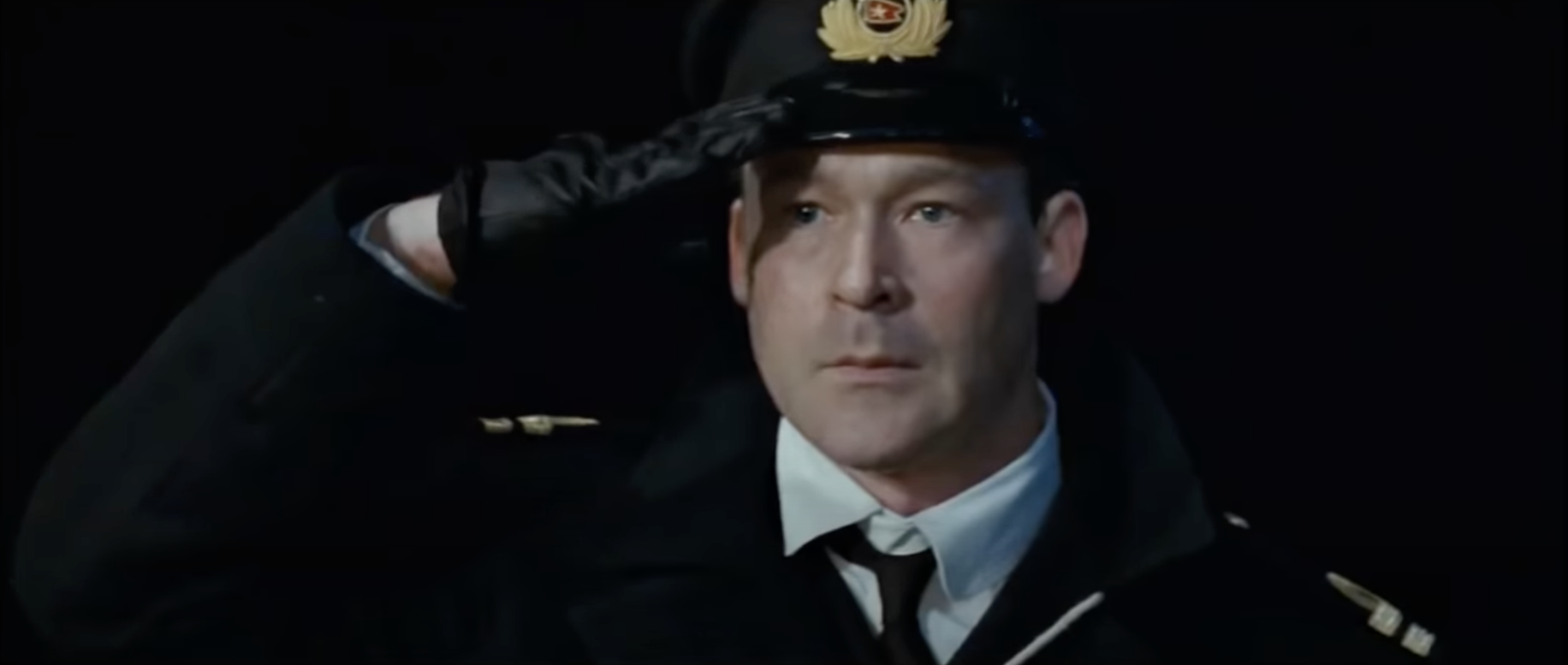
“I’ll shoot any man that tries to get past me! Get back!”
-Officer Murdoch, Titanic
Murdoch’s family was offended by his portrayal and believed it was damaging to his heroic reputation. Film executives flew out to Murdoch’s hometown to apologize. In his 2017 documentary, Cameron explains it was the storyteller in him who chose to write this scene into Murdoch’s story. He was thinking more about being a screenwriter than being a historian. However, he acknowledges Murdoch’s family’s reaction and agrees that the scene was offensive.
What Did James Cameron Get Wrong?
When creating Titanic, James Cameron did his best to be as accurate as possible. Cameron went down to see the actual wreckage 12 times to get footage for the film and feel a deep connection with the ship. In the late 90s, when the film was made, the world did not have the technology it has today. However, Cameron did an impeccable job with the technology that was available. He re-created the ship’s exterior and interior to a T, used CGI to add in falling passengers alongside extras during the ship’s sinking, and utilized green screens to the best of his abilities to make it look as if they were actually filming in the middle of the Atlantic Ocean. However, though Cameron worked tirelessly to perfect his film, there were still some things he got wrong.
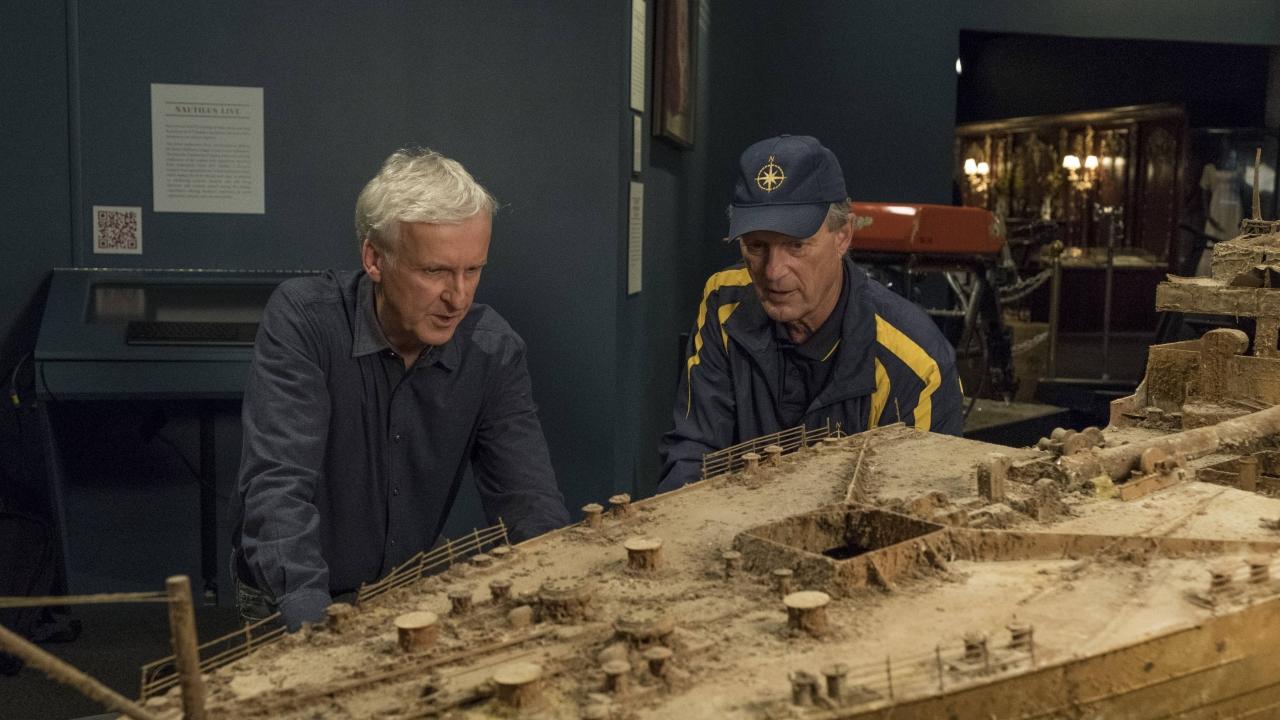
The Sinking Of The Ship
Since making Titanic, Cameron has made a total of 33 dives to the wreckage, and new forensic analysis has emerged. This means some of his original beliefs about Titanic and how it sank are inaccurate. In the film, Cameron shows that the stern of the ship sinking vertically, then falling back and crashing into the water. Cameron has since discovered that it is possible for the stern to sink vertically and for the stern to fall back into the water; however, both of these things can not happen; it has to be one or the other.
“We can never prove what actually happened. We can only prove what might have happened.”
-James Cameron, Titanic 20 Years Later With James Cameron
Cameron believes that the stern did sink vertically, and it was the part where it falls back that was incorrect. Another mistake Cameron made was showing the stern section rising to an angle of about 45 degrees before breaking in half. More recent forensic evidence shows that the ship actually began to split in half at an angle of only 15 degrees. Though Cameron got a few aspects incorrect, he did a mostly great job at portraying the sinking.
Third-Class Gates
There are mixed ideas about whether or not the third-class passengers were prevented from going up to the lifeboats. In Camron’s film, the third-class passengers are crowded around locked gates begging the crew members to open them so they can have a chance to get on a lifeboat. The crew members stand guard and refuse to open the gates, even shooting at the passengers when they try to escape. It is unclear if this is what actually went down the night of Titanic‘s sinking or if it was exaggerated to add suspense to the sinking scenes in the film.
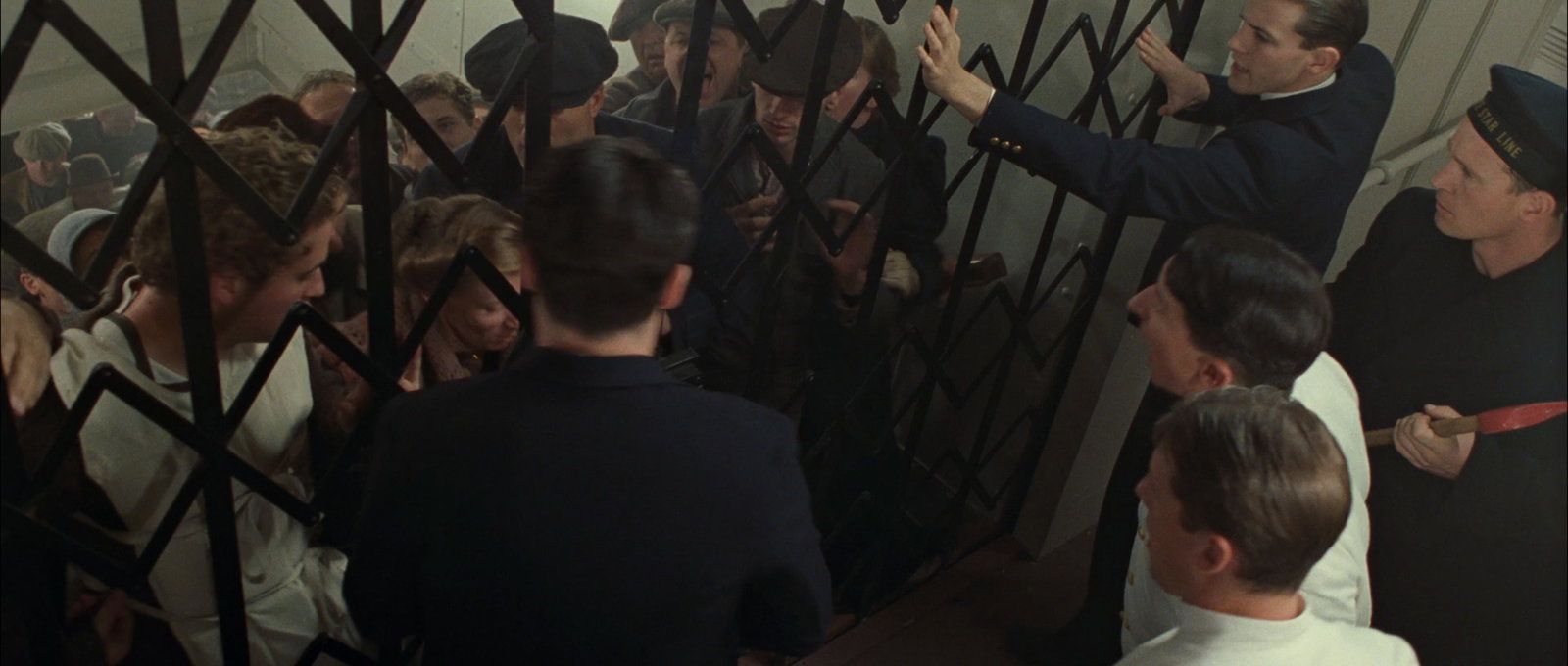
The confusion started when 21-year-old survivor Daniel Buckley told two different contradicting stories to the American Inquiry. He first said nothing was preventing third-class passengers from going to the boat decks, then later claimed the crew tried to keep the third-class in the steerage deck. He even claims to have seen a crew member throw a third-class passenger back behind the gates before locking them. Other passengers say they could easily get from third-class to first-class and then to the boat decks. Many other sources say the real reason for the third-class gates was because most of the third-class passengers were immigrants that had not passed through Ellis Island yet, and they were considered a health risk to the other passengers.
SS Californian
The biggest mistake Cameron’s 1997 film made was excluding the story of the SS Californian‘s involvement. The story of Californian is still a mystery. Many believe the ship could have saved all the passengers on Titanic because of its close proximity. However, we know for sure what has been gathered from the testimony given by its captain, Captain Stanley Lord. According to the testimony, Californian‘s wireless operator, Cyril Furmstone Evans, radioed Titanic to warn of an ice field that Californian almost collided with itself. Lord ordered the ship to stop for the night because he believed it was too dangerous to keep going. As he was leaving duty, he spotted what he assumed was Titanic‘s lights five miles away.
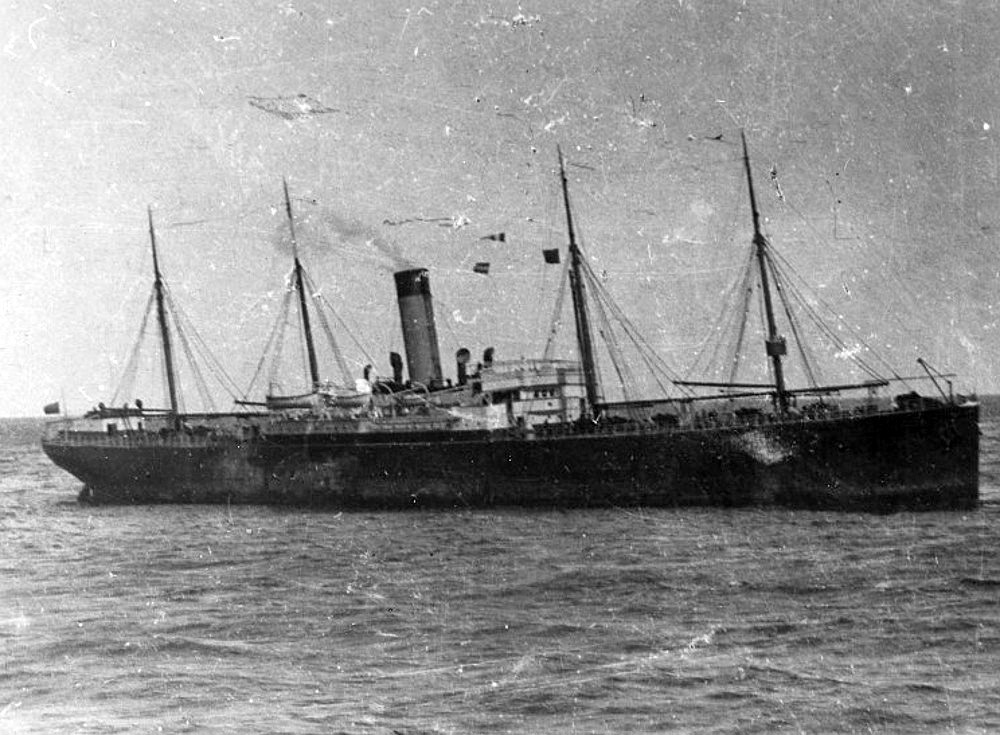
Evans sent Titanic another warning, however, Titanic‘s wireless operator, Jack Phillips, was in the middle of clearing a backlog of passenger messages with the wireless station at Cape Race, Newfoundland. Phillips responded, “Shut up, shut up! I am busy. I am working Cape Race!” Evans shut down for the night, leaving Titanic without a way to communicate with the nearby ship. Officers on Californian believed they saw rockets being launched by Titanic, and they woke Lord to tell him. Lord told them to contact Titanic via morse lamp, but Titanic didn’t reply. Evans was never awoken to try and contact Titanic. It is unclear if this was all a misunderstanding or if Californian was actively trying to avoid saving the ship.
Why Is The Film So Successful?
At the 1998 Oscars, Titanic was nominated for 14 Academy Awards and won 11 of them, including the highest honor of the night, Best Picture. This was not the first film about Titanic‘s sinking, and its main love-story plot wasn’t very unique. In fact, it was an extreme Romeo and Juliet cliche that has been overdone in films for centuries. So what made Titanic differ from these other stories? Why is this one, to this day, one of the most beloved films of all time?

There is no denying that James Cameron’s 1997 film was well done. From the effort he put in to effortlessly recreating the ship to the time he dedicated to diving down to the wreckage in order to connect with the ship on a deeper level, Cameron put his all into this classic, and it paid off well for him. Over 20 years later and the film still enchants fans. No matter how many films Cameron makes, there is no escaping the success of Titanic.
Foreshadowing In Titanic
Not only was the sinking perfected, but the commitment Cameron put into foreshadowing throughout the film has always made it stand out. His storytelling was truly outstanding. This is demonstrated in more simple scenes like Officer Andrews telling Rose he built her a strong ship and then later apologizing to her and saying he’s sorry he didn’t build her a stronger ship. But the more complex foreshadowing occurs between Rose and Jack. While Jack and Rose are walking together on the boat deck, Jack tells Rose a story about how he drew and sold portraits at the Santa Monica Pier. Rose tells him she wants to go there with him, and he tells her they will. He outlines all the fun things they’ll do there, including horseback riding near the shore, specifying that Rose will have to ride with one leg on each side of the horse. Later in the film, after the sinking, Rose begins to say her goodbyes to Jack, assuming she won’t survive.
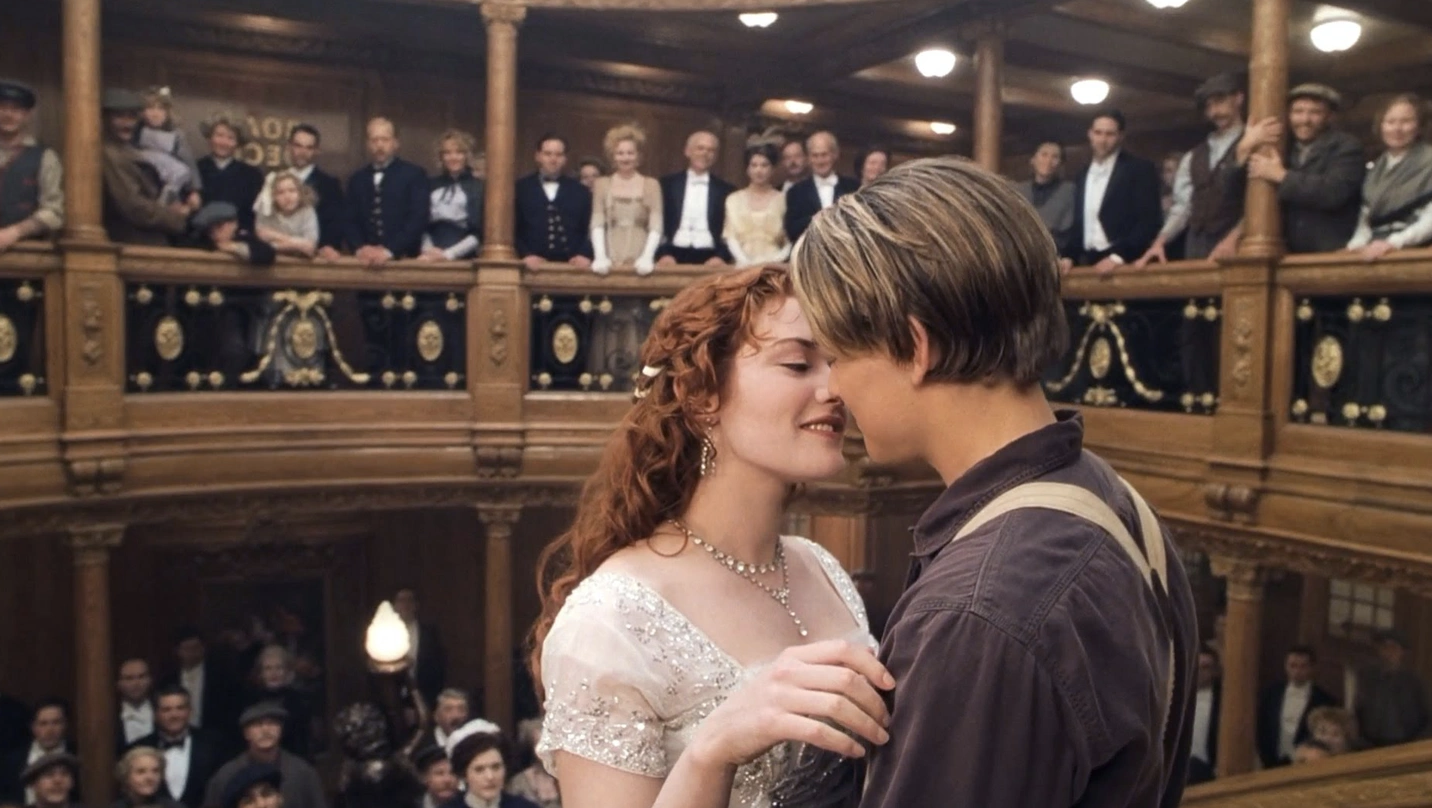
Most likely knowing he is going to die, Jack encourages Rose by telling her she’s going to go on and live a long life and not die until she’s an old woman warm in her bed. Early in the film, old Rose mentions she never travels anywhere without her pictures during the present-day scenes. These pictures are revealed to us at the end of the film when old Rose is asleep. These photos show young Rose accomplishing a series of different goals, including riding a horse, with one leg on each side, at the shore of Santa Monica Pier.
“Listen Rose, you’re gonna get out of here. You’re gonna go on and make lots of babies and you’re gonna watch them grow. You’re gonna die an old lady warm in her bed.”
Jack Dawson, Titanic
This is right before the scene where Rose, young again, reunites with Jack on the ship surrounded by fallen passengers. Unfortunately, it has not been confirmed whether Rose passed away and went back to Jack in her idea of Heaven or simply a dream. Cameron leaves it open to interpretation. However, based on what Jack tells her earlier about dying an old woman warm in her bed, it seems it may be the former.
Jack And Rose
If you ask anyone who favors stable and healthy relationships, they will most likely tell you they are not fans of Jack and Rose. Jack was essentially Rose’s escape from her miserable and abusive engagement, and their relationship started after Rose attempted suicide. Instead of seeking help, she embarked on a love affair with a man she only just met. Not to mention the story would never have happened on the actual ship, being that Third Class and First Class passengers never interacted and weren’t even allowed in the same areas as each other.
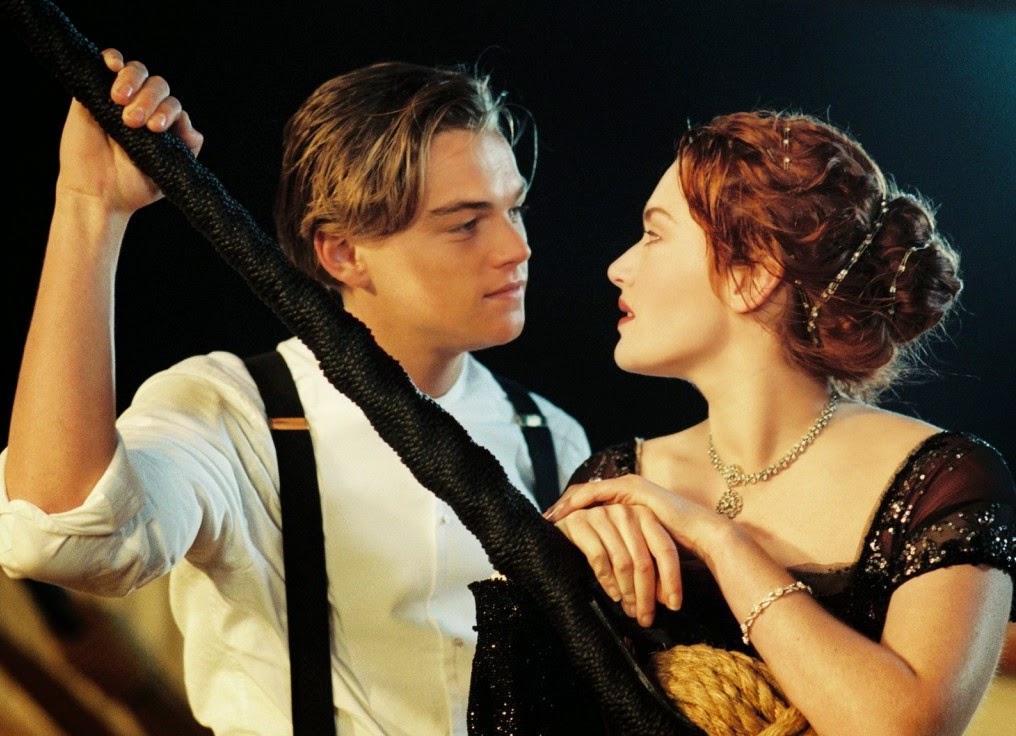
Still, the dynamic between the two immediately captivated audiences. Jack’s carefree, adventurous nature balanced out Rose’s uptight and spoiled personality. Plus, the chemistry between Kate Winslet and Leonardo Dicaprio was untouchable. There’s a reason why the two remain close friends to this day. Their connection was so strong that the thought of anyone else playing those characters seems unfathomable despite stories that both Matthew McConaughey and Jeremy Sisto were both up for the role of Jack.
Titanic‘s Impact
As years go on since the film’s release, fans are still disappointed when they’re reminded that Jack and Rose were fictional characters and not actual passengers on the ship. They’re still holding out hope that one day Leo and Kate’s onscreen relationship will translate into the real world. And every time Titanic‘s crew members rush to turn the ship as it slowly but surely approaches the iceberg, we still cringe in our seats, hoping maybe during the viewing, the ship won’t hit it, and everyone will arrive safely in New York. And even though we are let down every time for all of these hopes, we still return to our screens to rewatch the film over and over again because, despite the controversies and inaccuracies, James Cameron did an exceptional job with Titanic.
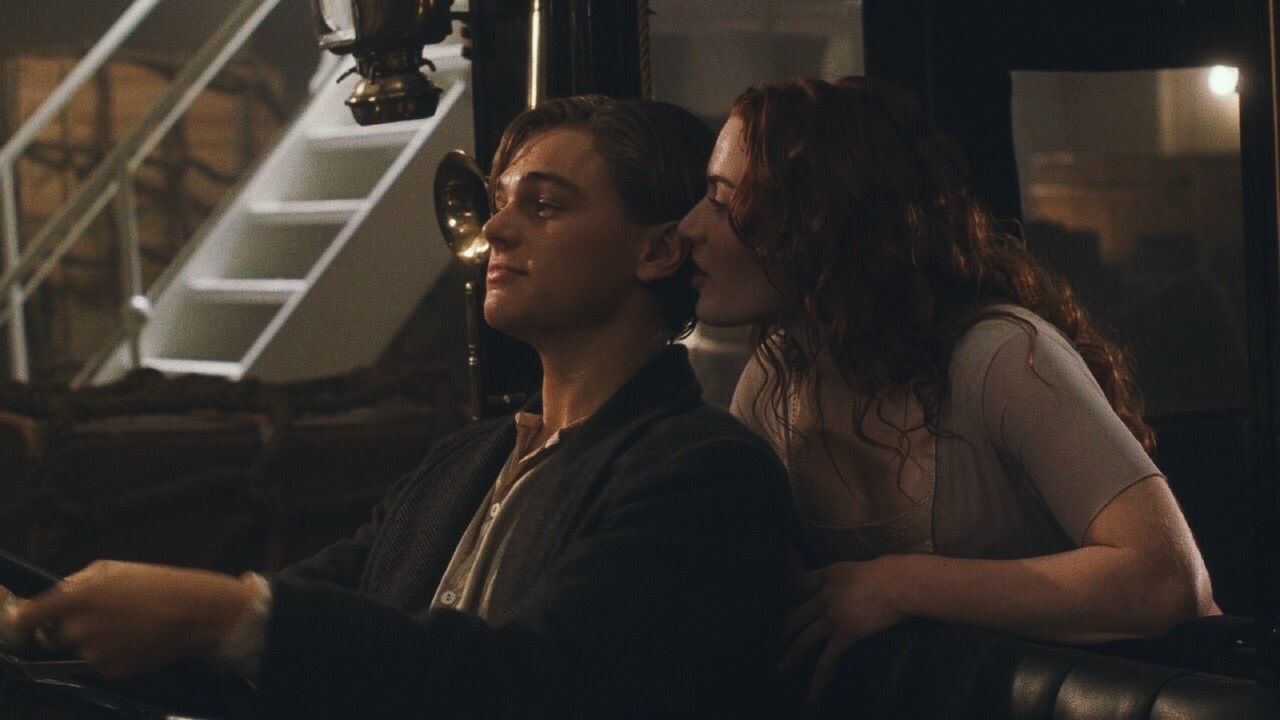
Incredible piece!!!! ?